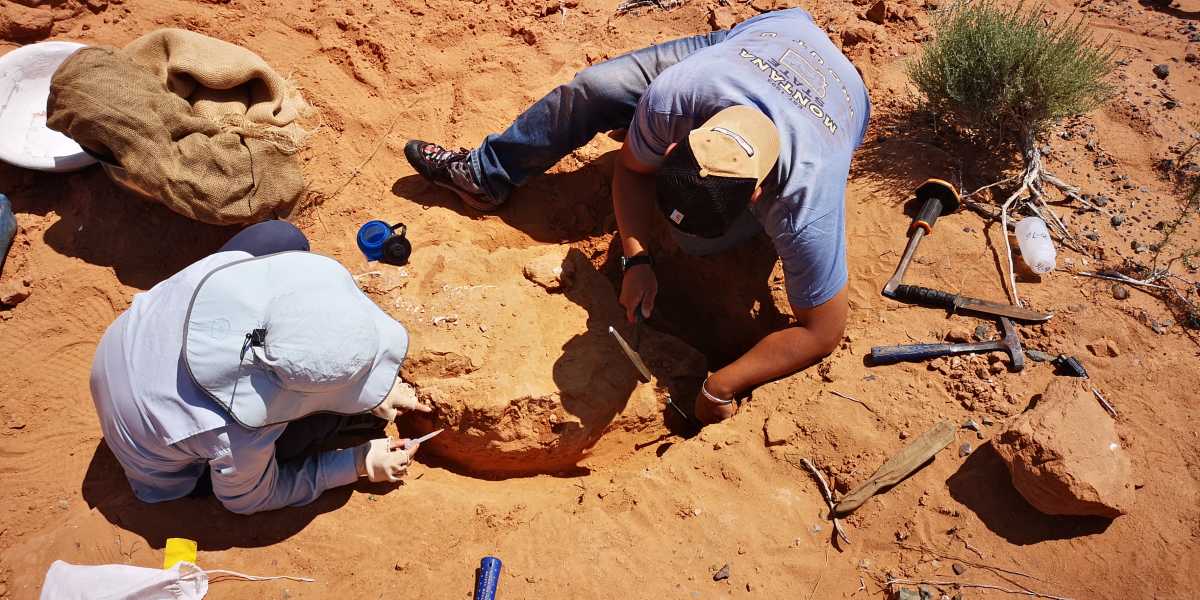News
Fossil Discoveries in the Gobi Desert Shaping Evolutionary History

A recent study published in the prestigious journal PLOS ONE delves into the profound influence that significant fossil sites have on our comprehension of evolutionary connections among ancient life forms—known as the lagerstätten effect. In a groundbreaking analysis, researchers have quantified the impact of these sites on our understanding of evolutionary history.
Surprisingly, the research unveils that the wind-sculpted dunes of the Late Cretaceous Gobi Desert, renowned for the discovery of creatures like Velociraptor, hold a pivotal role in shaping our knowledge of ancient life through their remarkably diverse and well-preserved record of fossilized lizards.
Dr. Hank Woolley, a leading author of the study and an NSF Postdoctoral Research Fellow at the Dinosaur Institute, highlights the exceptional nature of the fossil lizard skeletons unearthed in the Gobi Desert. These fossils represent various lineages in the squamate Tree of Life, providing a distinct fossil signal of biodiversity across the ages.
By examining the relationship between the intensity of sampling and the sites’ impact on phylogenetic data, the researchers identified a significant correlation between the uniquely preserved fossil squamates from the Gobi Desert and their global impact on our understanding of evolutionary history.
The Gobi Desert’s complete and diverse squamate record offers a distinct perspective on the evolutionary progression of these reptiles worldwide, challenging conventional ideas of how depositional environments influence fossil preservation. Dr. Nathan Smith, Curator of the Dinosaur Institute, emphasizes the Gobi squamate record’s uniqueness in providing both exceptionally complete skeletons and a rich diversity of species, presenting a comprehensive snapshot of squamate evolution.
The interdisciplinary approach of melding evolutionary relationships and fossilization processes opens new frontiers in paleontological research. Dr. Woolley stresses the importance of integrating extinct biodiversity into museum collections to construct a more comprehensive picture of Earth‘s ecological history.
The Natural History Museums of Los Angeles County (NHMLAC), encompassing the Dinosaur Institute, stand at the forefront of discovering and preserving prehistoric life forms, offering engaging experiences that bridge the past with the present for education and inspiration.












